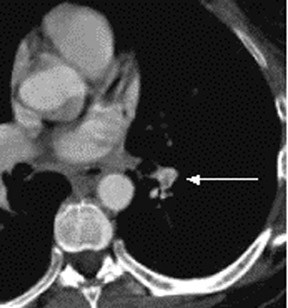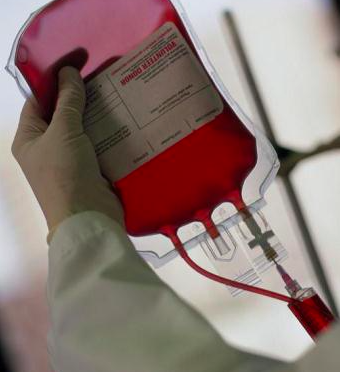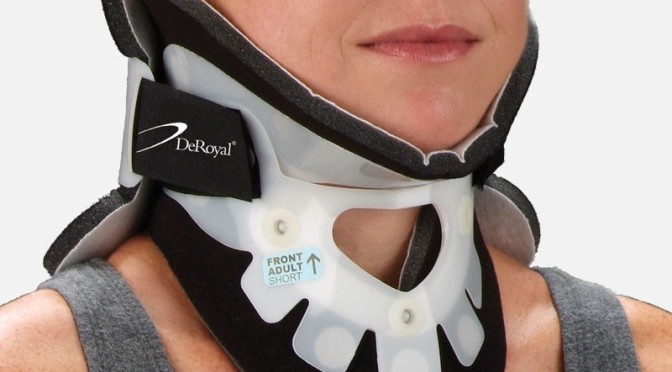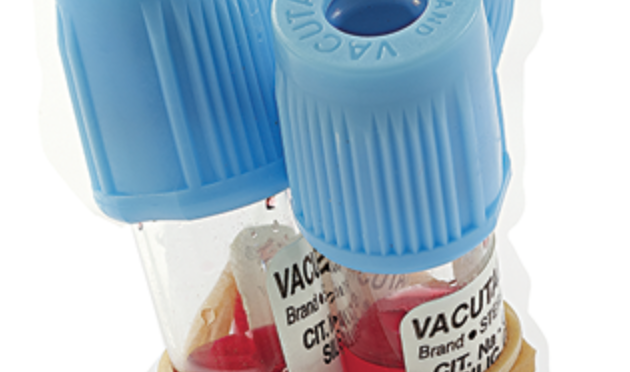There are often multiple roadblocks to incorporating a CDR into clinical practice. These can be broken into the 1) individual provider and 2) the institution.
1. Emergency physicians are a rare breed, and many of us do not appreciate suggestions on how to practice. Individual providers vary in many regards: training, knowledge, experience, and gestalt. Workups and treatments can significantly differ among providers. With CDRs, physicians may be hesitant to apply these rules to their own practice. They may feel the rules are too complex, too difficult to remember, or detract valuable time from patient care. Providers often feel that gestalt or experience is better than rules.
2. Institutions may have habits or a culture for particular conditions that may make it difficult to apply a rule. Tradition or consultant availability may color the use of CDRs. Unfortunately, the medico-legal environment or funding can also play a large role in the use, or lack thereof, for CDRs.









